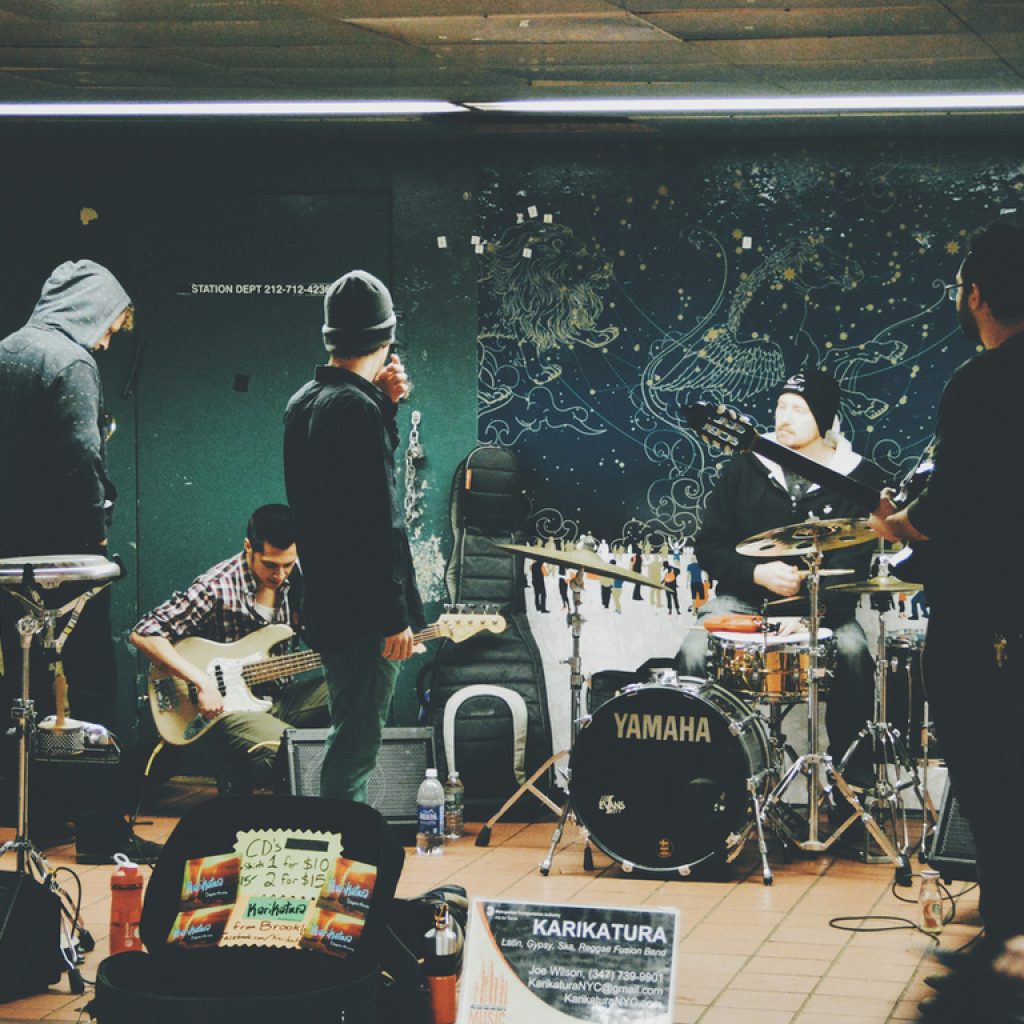
Stop Sprinting and Start Jamming
Who wants to spend their time making mad dashes to the finish line, collapsing in exhaustion without winning? Let’s face it: you may not actually solve your wicked problems in two days. Maybe this focus on brevity and results is misguided and unrealistic. Instead of obsessing about manically sprinting, it’s time we focus on jamming instead. The Design or Innovation Jam.
Design and innovation sprints seem to get more and more popular over time. Or maybe it’s better to say that organizational leaders seem to have fallen in love with the concept of sprints. For them, it answers the question “How can we show that we are trying to solve our really difficult and complex problems in the shortest, fastest, sexiest way?” But it begs the question: Who wants to spend their time making mad dashes to the finish line, collapsing in exhaustion without winning?

It gets worse. The original design/innovation sprint format developed and spread by Jake Knapp in his book “Sprint” – built from his experiences with Google Ventures – suggested a 5-day structure to quickly make important decisions. Five days isn’t really that long but apparently it’s too long for most decision makers who typically ask for four or three or two day sprints instead. It’s a sign that most leaders don’t really feel comfortable in making sure that the team has the necessary time for change or innovation.
Let’s face it: you may not actually solve your wicked problems in two days. Maybe this focus on brevity and results is misguided and unrealistic. Instead of obsessing about manically sprinting, it’s time we focus on jamming instead. The Design or Innovation Jam.
I’ve been thinking about jamming lately. It’s probably because I’ve watched the new Peter Jackson TV series Get Back a couple of times and I realize I will never get tired of watching the Beatles jam and play together to help them create their timeless music.
Think about a jam in the musical sense: a group of musicians, usually playing different instruments, get together to practice old tunes, figure out new tunes, and copy others tunes. There is a playfulness and exploration happening without the expectation that a completely recorded song will come out of the jam session. The jam session is the preparation for either a live show or a stint in the recording studio to produce something. In the jazz or Grateful Dead sense, it is a preparation for a live jam.
The reality of the jam is that it encourages experimentation and collaboration: Let me try this – What are you doing? – Does it work together? – Let me try this. After the jam and before the live session, musicians usually/sometimes will take what they’ve done in the jam sessions and even practice alone.
All of this experimental collaboration is focused on a delivery: creating unforgettable or extremely enjoyable musical experiences for the audience. I think you can easily swap out that last part for “innovation” to describe what we in organizations are after.
So rather than an extremely exhausting sprint to the finish line where speed seems to have the greatest value, imagine that instead we organized Innovation Jams – times where people of different experience and knowledge could come together, share thoughts, ideas and inspiration, and play with them.
Imagine that in-between jams, each of the participants “practiced” what they learned and experimented and expanded on the thinking for the next jam. After a few innovation jams, the group would be ready to perform – that is try out and test one or more of the developed compositions with the audience – aka user testing. And so on and so forth.
I think jamming instead of sprinting would have a couple of huge benefits to our innovation efforts:
- It would remove the unrealistic expectation that your team will solve a wicked problem in two or three or five days.
- It would encourage collaboration, curiosity and experimentation rather than focusing on completing set tasks.
- It would critically give people time in between jams to think by themselves. We make a huge mistake in not prioritizing this but I’ll bet that no true innovation has occurred without it.
- It would encourage us to invite new band members into the jams. To inspire or test us.
I guess it comes down to this:
Would you rather have someone yelling “RUN AS FAST AS YOU CAN!”?
Or would you rather have someone ask you “We’re jamming together, care to take your instrument and join us?”
För mer kärleksfullt skapat och utplockat innehåll: signa upp till vårt nyhetsbrev genom formuläret på vår startsida.